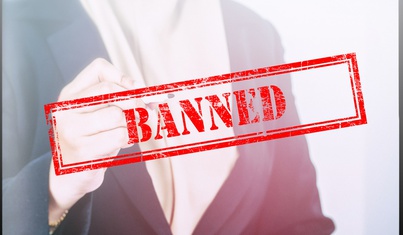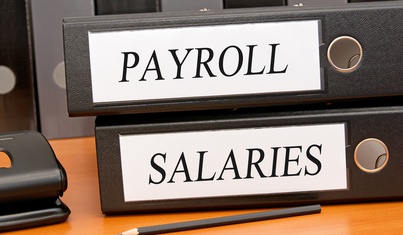The zero rating of the sale, or long lease, of a newly constructed or newly converted properties is now limited to properties that are designed to be used as dwellings or for certain qualifying charitable or residential use.
Residential
The conversion of non residential or non charitable buildings is a particularly difficult area to advise in not only because there are numerous conditions such as the property not having been used for a qualifying purpose within the previous 10 years but the VAT rate applicable to the works can vary. In some circumstances formal certification is required before zero rating or the application of the reduced rate of 5% can apply.
Developers of residential dwellings must be intending to grant a ‘major interest’ in the property before its sale or long lease (in excess of 21 years) can be zero rated. If the developer is intending to let out the dwellings on short lettings the income will be VAT exempt with the likely impact that no VAT costs are going to be recovered. There are currently temporary special rules in place that can allow short periods of letting to take place without a hugely detrimental effect on VAT recovery. House builders also need to be aware that input tax is not recoverable on certain items bought such as carpets and most white goods.
Commercial
I am limiting my comments in connection with commercial land and property almost exclusively to the subject of the Option to Tax – the Option. Two general point to bear in mind are that commercial properties are classed as ‘new’ and therefore subject to VAT for 3 years after completion and that where land or property has cost in excess of £250,000 plus VAT many anti avoidance rules can come in to play and the ongoing use of that asset must be considered over a 10 year period where any change of use can result in VAT becoming payable.
The Option is a mechanism that is used to convert what would otherwise be VAT exempt supplies into taxable ones. A simple example of how the Option works is the construction of new offices intended for rental. Without an Option the rental receipts would be exempt from VAT with the result that the VAT costs of the construction would be irrecoverable. If the rents are taxable, following the effective exercise of the Option, the costs incurred by the developer will be recoverable.
Each person must consider whether or not they wish to waive exemption of their interest in a particular property – it does not ‘flow’ with the property. A tenant may decide to sub-let one floor of the office block he leases as he does not need the whole premises. The rent chargeable by that tenant will be VAT exempt unless he himself chooses to opt to tax even if he currently pays VAT on his rent.
An Option is not always effective. Anti avoidance legislation exists to prevent some businesses from utilising an Option.The permission of HMRC may be required before an Option can be exercised. An Option is usually irrevocable for 20 years and it should not be exercised lightly.
If a business is looking to acquire the freehold of a VAT opted commercial property with tenants in-situ there is a possibility that a transfer of a going concern exists for VAT purposes so no VAT would be payable on the transfer. Other business transfers involving Opted property require the Option to be exercised by the purchaser in order to prevent VAT being chargeable on the transfer of the property element.
For more information or advice please email ataylor@streetsweb.co.uk.



